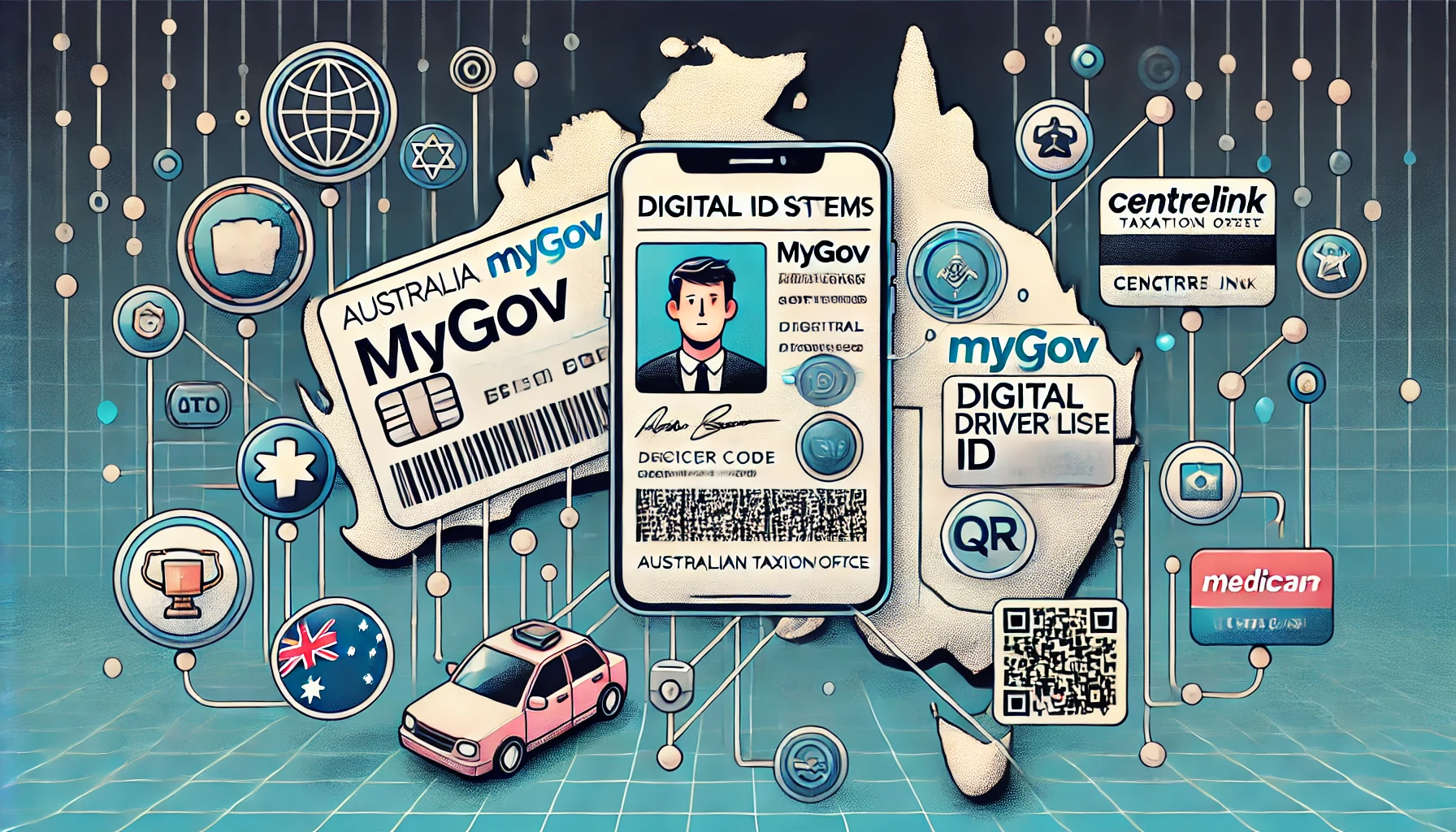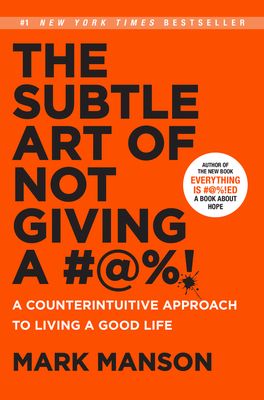In the context of ISO 55000, which provides a framework for asset management, human population emerges as a unique and invaluable asset. This blog post explores the concept of human capital within the ISO 55000 framework, highlighting the importance of strategic management to optimize the potential of this dynamic asset.
Defining Human Capital as an Asset:
ISO 55000 traditionally addresses physical and financial assets, but the concept of human capital extends the perspective to include the collective knowledge, skills, and capabilities of the global population. Just as organizations manage tangible assets, managing human capital is crucial for achieving sustainable development and societal well-being.
Key Components of Human Capital Management:
1. Strategic Alignment:
– Align human capital strategies with global goals and objectives, ensuring that the population’s skills and knowledge contribute to overall societal development.
– Consider demographic trends, workforce diversity, and evolving skill requirements when formulating long-term human capital strategies.
2. Lifecycle Management:
– Recognize that the human population evolves through different life stages, from education and workforce entry to retirement.
– Implement policies and programs that support continuous learning, skill development, and career transitions, contributing to a resilient and adaptable human capital portfolio.
3. Risk Management:
– Identify potential risks to human capital, such as demographic shifts, economic instability, or health crises.
– Develop contingency plans and resilience strategies to mitigate the impact of external factors on the well-being and productivity of the human population.
4. Performance Monitoring:
– Establish key performance indicators (KPIs) to measure the effectiveness of human capital management initiatives.
– Regularly assess the societal impact of education, healthcare, and workforce development programs, adjusting strategies based on performance metrics.
Case Studies:
1. Singapore’s Human Capital Development Model:
– Explore how Singapore has strategically invested in education, training, and healthcare to transform its limited human resources into a competitive advantage on the global stage.
2. Nordic Countries’ Social Inclusion Strategies:
– Examine how Nordic countries prioritize social inclusion, healthcare, and education to build resilient and equitable societies, contributing to a robust human capital foundation.
Conclusion:
In the ISO 55000 framework, human capital stands out as a critical asset for sustainable development. Strategic management of the global human population involves aligning with overarching goals, addressing life cycle dynamics, managing risks, and monitoring performance. By treating human capital as a valuable asset, societies can ensure the continuous growth and adaptability of this essential component, contributing to a prosperous and sustainable future for all.
Discover more from Kango Anywhere
Subscribe to get the latest posts sent to your email.



